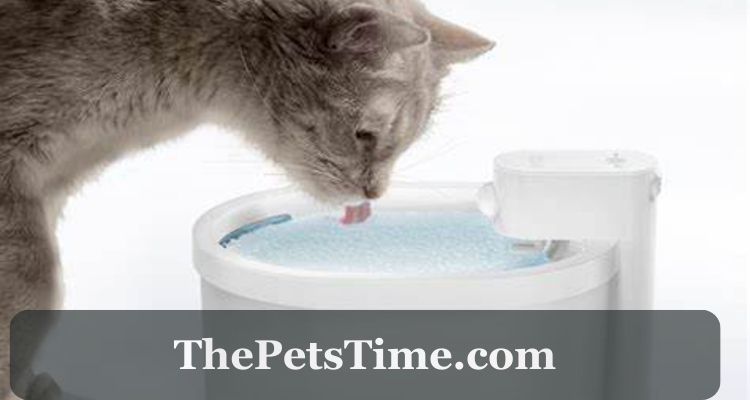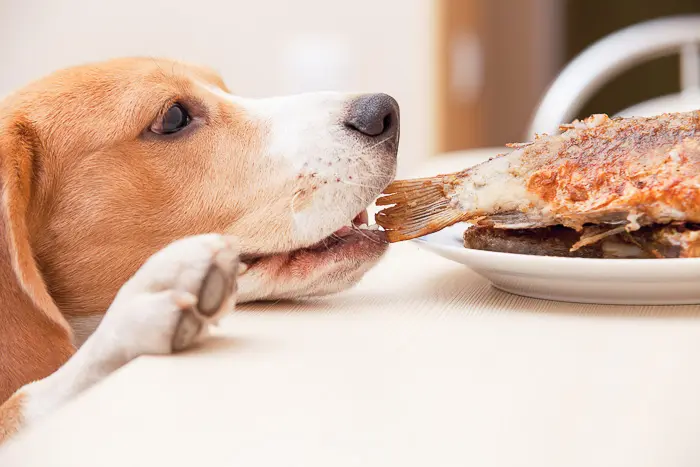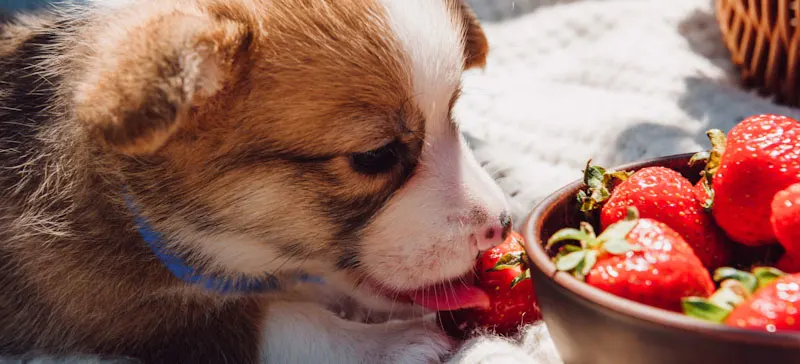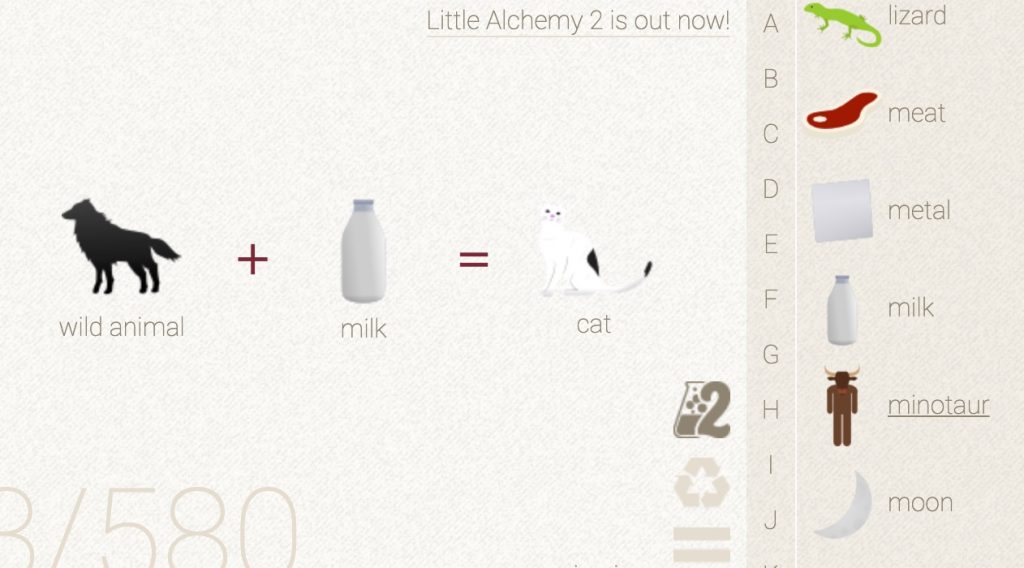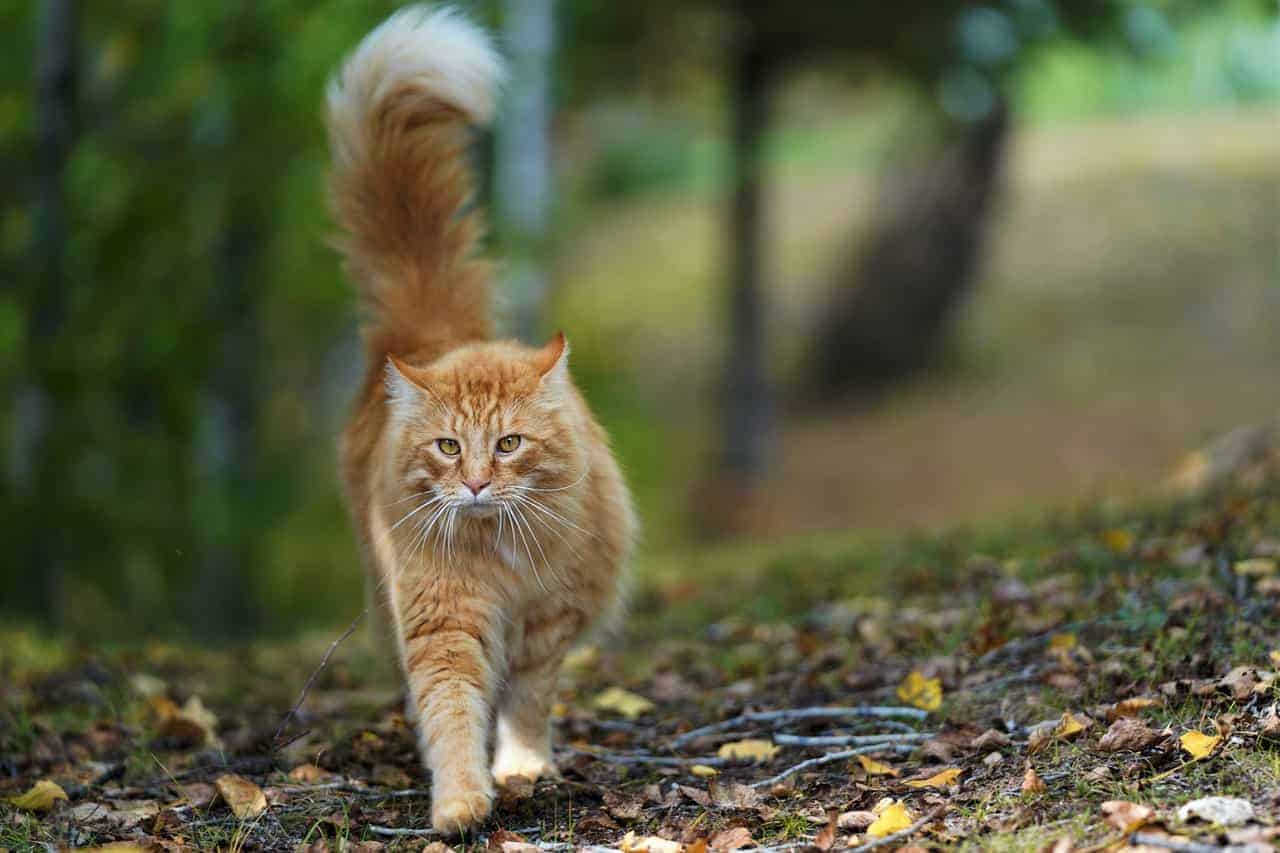Cats are known for their independent nature and peculiar habits. One of the most important habits that cat owners need to keep an eye on is their drinking behavior. Proper hydration is crucial for a cat’s overall health, and a lack of water can lead to serious health issues. In this article, we will explore the topic of cat drinking water and provide information on how to ensure your feline friend stays hydrated.
Cats typically drink water to quench their thirst and regulate their body temperature. While most cats are good at self-regulating their water intake, some cats may not drink enough water, leading to dehydration. Dehydration can cause serious health problems such as urinary tract infections, kidney problems, and even death. Therefore, it is essential to ensure that your cat drinks enough water to stay healthy.
Understanding Cat Hydration
Importance of Water
Water is essential for maintaining a cat’s normal body functions. It makes up 60-70% of their body weight. Cats need water to regulate their body temperature, digest food properly, and eliminate waste. Without enough water, cats can become dehydrated, which can lead to serious health problems.
Signs of Dehydration
It is important to recognize the signs of dehydration in cats. Some common signs include dry mouth and nose, sunken eyes, lethargy, loss of appetite, and decreased skin elasticity. If a cat is dehydrated, it may also have a higher heart rate and breathing rate than normal. If you suspect that your cat is dehydrated, it is important to seek veterinary care immediately.
Daily Water Requirements
Cats need to consume about 4 ounces of water per 5 pounds of lean body weight per day. The average 10-pound cat should drink about one cup of water per day. However, the exact amount of water a cat needs can vary depending on several factors, including their diet, activity level, and the temperature and humidity of their environment.
Wet food diets can contain up to 80% water, which can help improve a cat’s hydration. However, it is still important to provide fresh, clean water for your cat at all times. Some cats prefer drinking from running water sources, such as a fountain or faucet, while others prefer still water. It is important to experiment and find what works best for your cat to encourage them to drink enough water.
Types of Drinking Sources
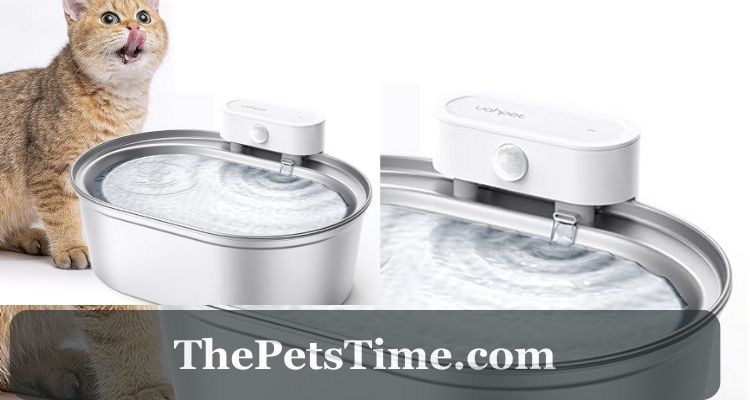
When it comes to providing water for cats, there are several options available. Here are some of the most common types of drinking sources for cats:
Bowls and Dishes
Bowls and dishes are the most basic and traditional way to provide water for cats. They come in a variety of materials, such as plastic, ceramic, and stainless steel. However, it is important to note that cats can be picky about the type of bowl they drink from. Some cats prefer shallow bowls, while others prefer deeper ones. Additionally, some cats do not like their whiskers touching the sides of the bowl, so a wider bowl may be necessary.
Water Fountain
A water fountain is an excellent option for cats who are reluctant to drink from a bowl. Cats are attracted to the sound and movement of running water, and a fountain provides a constant source of fresh, filtered water. Additionally, water fountains can help encourage cats to drink more water, which is especially important for cats who are prone to urinary tract issues.
One popular option for a water fountain is the Uah Pet Stainless Steel Wireless Pet Water Fountain. This fountain is wireless and portable, so it can be placed anywhere for your pet’s convenience. It is made of 304 stainless steel, making it durable and easy to clean. The external water pump ensures safety by reducing the risk of electricity leakage, and the unique design provides a peaceful experience for your pets with noise levels below 30 dB.
Bottled and Tap Water
Bottled water and tap water are also options for providing water for cats. However, it is important to note that not all bottled water is created equal. Some brands may contain high levels of minerals or other contaminants that can be harmful to cats. Tap water can also contain contaminants such as chlorine and fluoride. It is recommended to use a water filter to remove these contaminants before giving tap water to cats.
Encouraging Water Intake
Cats are notoriously known for not drinking enough water, which can lead to dehydration and other health issues. Encouraging water intake is essential to maintain their overall health and well-being. Here are some strategies for hydration, wet food benefits, and behavioral encouragement that can help your cat increase their water intake.
Strategies for Hydration
Providing fresh water is the most important strategy for hydration. A clean and fresh water source should be available for your cat at all times. It is recommended to change the water every day and clean the bowl regularly to prevent bacteria buildup.
Another strategy is to provide multiple water sources around the house. Cats are more likely to drink water when it is easily accessible. Placing water bowls in different locations can encourage your cat to drink more water.
Wet Food Benefits
Wet food is an excellent source of hydration for cats. Most canned foods contain between 78 and 82% water, providing your cat with hydration without them even knowing it. If your cat is already on wet food but still needs to increase their water intake, you can try adding a small amount of extra water to the food.
Another option is to mix wet and dry food. This can help increase your cat’s water intake while still providing the nutrients they need. However, it is important to note that too much dry food can lead to dehydration, so it is essential to monitor the amount of dry food your cat is consuming.
Behavioral Encouragement
Behavioral encouragement can also help increase your cat’s water intake. Placing a ping pong ball inside a large diameter bowl full of water can stimulate drinking as well as help to create some movement of the water which many cats like. Consider experimenting with different types of water – see if your cat has a preference. Some cats may prefer filtered water or room-temperature water.
It is also essential to monitor your cat’s water intake and behavior. If you notice any changes in their drinking habits or signs of dehydration, such as lethargy or loss of appetite, it is essential to seek veterinary care immediately.
By implementing these strategies, you can encourage your cat to drink more water and maintain their overall health and well-being.
Health Considerations
Cats need to drink enough water to maintain their health. Here are some important health considerations that cat owners should keep in mind:
Kidney Function
Cats’ kidneys play a vital role in removing waste products from their bodies. If a cat does not drink enough water, this can lead to dehydration, which can cause the kidneys to work harder to remove waste products. Over time, this can lead to kidney damage or even kidney failure.
Urinary Tract Health
Cats that do not drink enough water are also at risk of developing urinary tract problems. When a cat’s urine becomes too concentrated, it can lead to the formation of crystals or stones in the bladder or urethra. This can cause discomfort, pain, and even blockages, which can be life-threatening if left untreated.
Veterinary Advice
If you are concerned about your cat’s water intake or if you notice any changes in their behavior or health, it is important to seek veterinary advice. Your veterinarian can help you determine how much water your cat needs to drink based on their age, weight, and overall health. They can also provide advice on how to encourage your cat to drink more water if necessary.
In addition to providing fresh, clean water for your cat, you can also help encourage them to drink more water by offering wet food, adding water to their dry food, or using a pet fountain. By keeping your cat hydrated, you can help ensure their overall health and well-being.

